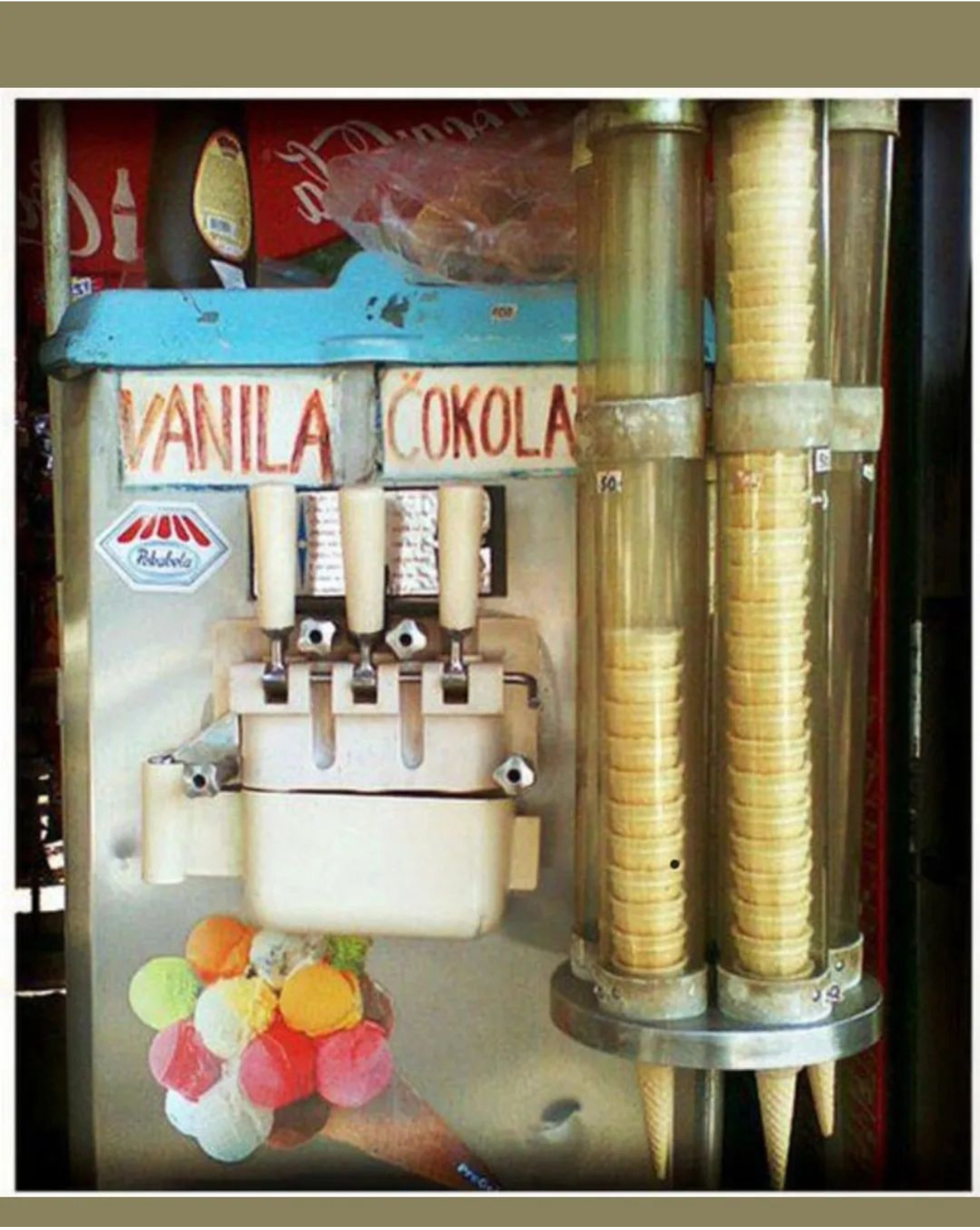The Love Tango: Understanding Why Anxious and Avoidant Partners Attract
Relationships are wonderfully complex, aren’t they? Especially when it comes to attachment styles. Understanding how these patterns shape our connections can help us build healthier, happier bonds. For anyone navigating love and relationships—or just trying to make sense of their partner’s quirks—understanding attachment styles is a game-changer.
In this article, we’ll dive into the world of anxious and avoidant attachment styles—a dynamic duo that seems to attract each other like moths to a flame. We’ll explore why this happens, the unique challenges they face, and how they can work through their issues. If you’re curious about your own attachment style or that of your partner, read on. And if you’re based near Hermosa Beach or South Bay, couples therapy can be a fantastic resource for navigating these dynamics.
What Are Attachment Styles?
Attachment styles are like a user manual for how we connect with others, shaped by our early experiences with caregivers. These patterns influence how we respond to intimacy, conflict, and emotional closeness in relationships. While there are four main attachment styles, today we’re zooming in on anxious and avoidant styles.
Here’s a quick breakdown of the four styles:
- Anxious Attachment: People with this style crave closeness and often fear abandonment. They’re the “text back ASAP” types.
- Avoidant Attachment: These individuals value independence and can struggle with emotional intimacy. They’re the “I need space” crew.
- Secure Attachment: These folks are comfortable with both closeness and independence. They’re like the unicorns of the dating world.
- Fearful-Avoidant Attachment: A mix of anxious and avoidant traits, these individuals both crave and fear intimacy.
Good news: attachment styles aren’t set in stone! Therapy—whether individual or couples therapy—can help shift these patterns toward something more secure.
The Anxious-Avoidant Attraction: Why Opposites Attract
Ever heard of the phrase “opposites attract”? It’s practically the tagline for anxious and avoidant attachment styles. While these two seem like an odd pairing, they’re drawn to each other for reasons rooted in emotional patterns. Here’s why:
- Unconscious Familiarity People often gravitate toward what feels familiar, even if it’s not necessarily healthy. For the anxious partner, the avoidant’s emotional distance might feel eerily similar to inconsistent caregiving from their past. For the avoidant partner, the anxious partner’s neediness mirrors a dynamic they learned to manage by withdrawing. It’s like their nervous systems recognize each other’s dance moves—even if the dance is a bit clumsy.
- The Pursuer-Distancer Cycle
- The anxious partner craves closeness, which can trigger their fear of abandonment.
- The avoidant partner values space, which can trigger their fear of being overwhelmed.
- Confirmation Bias Both attachment styles unknowingly seek to confirm their internal narratives:
- Anxious partners believe they must work hard for love, and the avoidant partner’s distance reinforces this belief.
- Avoidant partners believe people will smother them, and the anxious partner’s pursuit confirms this fear.
- The Hope of Healing Deep down, each partner hopes the other will meet their emotional needs. The anxious partner hopes the avoidant will choose closeness, while the avoidant partner hopes the anxious will accept their boundaries. This hope often keeps them invested, even when the dynamic feels frustrating.
Breaking the Cycle: How Therapy Help
If you’re stuck in the anxious-avoidant dance, don’t worry—there’s hope! Therapy in Hermosa Beach or South Bay can help you:
- Understand Your Attachment Style: Recognizing your patterns is the first step to change.
- Improve Communication: Learn how to express needs and fears without triggering your partner’s defenses.
- Foster Emotional Safety: Therapy creates a space to rebuild trust and connection.
- Develop Secure Traits: With time and effort, you can shift toward secure attachment behaviors.
Tips for Anxious Partners
- Practice self-regulation techniques, like mindfulness, to manage anxiety.
- Communicate your needs clearly and calmly.
- Focus on building self-esteem outside the relationship.
Tips for Avoidant Partners
- Work on acknowledging and sharing your emotions, even when it feels uncomfortable.
- Practice small acts of vulnerability to build intimacy.
- Respect boundaries, both yours and your partner’s.
The Role of Couples Therap
Couples therapy in Hermosa Beach or South Bay can be a game-changer for navigating the anxious-avoidant dynamic. A therapist can:
- Help you understand how your attachment styles play out in the relationship.
- Provide tools to break unhealthy cycles.
- Create a safe space for honest conversations.
Whether you’re seeking therapy as a couple or individually, the goal is to help you connect in a way that feels secure and fulfilling.
The Road to Secure Attachment
Transforming an anxious-avoidant relationship takes patience, effort, and a willingness to grow. With the right support—and maybe a little help from therapy in South Bay or Hermosa Beach—you can create a relationship built on trust, empathy, and mutual respect. After all, the journey to secure attachment isn’t just about changing your relationship; it’s about creating a stronger, healthier version of yourself too.
